29 Ecuador Currency Facts: USD, Handling Your Money, Sacagawea Coin, History
Ecuador uses the US dollar as its official currency. In this post, you’ll learn about Ecuador’s currency including pesos, francos, Sacagawea coins, and the dollarization in 2000. Plus, we cover how to handle your money in Ecuador, how to avoid counterfeit bills, tipping, and ATMs.
29 Facts about Ecuador Currency Facts
Named for its geographical location along the earth’s equator, Ecuador is a South American country that is loaded with vibrant culture, history, colorful markets, and soccer games. As if that’s not enough, the Andes Mountains, Amazon Rainforest, and offshore Galapagos Islands offer some of the world’s richest biodiversity with once-in-a-lifetime outdoor adventures.
If you are thinking about visiting Ecuador, one of the things you will need to know about is money.
What is Ecuador’s money called? Will you need to exchange your money before you go? In this article, we will discuss these questions and everything else you may need to know about Ecuador currency.
1. What is the money in Ecuador called?
The official Ecuador currency is the United States dollar.
2. Why do they use the US dollar in Ecuador?
The adoption of the US dollar brings stability to Ecuador currency. While it hasn’t provided an answer for everything, the US dollar has curbed inflation and reduced recession in Ecuador in recent decades.
This means if you are traveling to Ecuador from the United States, you can just bring your own money from home without needing to exchange it.
If you are coming to Ecuador from a country other than the United States, you can exchange your money for US dollars at your local bank before traveling. Once in Ecuador, you’ll be able to withdraw funds at banks and ATMs.
3. When and why was the currency of Ecuador changed to United States dollars?
Ecuador currency was changed to the United States dollar in September 2000.
Since 1884, high inflation had consistently depreciated the country’s former currency, the sucre, over the next century so that by 1999, the bottom fell out and caused Ecuadorian banks to go bankrupt.
By this time, Ecuador’s sucre had depreciated to an all-time low of 25,000 sucres for a single US dollar.
In hopes of saving the country’s economy, President Jamil Mahuad announced in 1999 that Ecuador would adopt the US dollar currency. Since then, the country’s economy has improved with Ecuadorian banks recovering and attracting investors.
4. Which countries use the US dollar as their currency?
13 countries and territories use the US dollar as their official currency.
- United States of America
- Commonwealth of Puerto Rico (Unincorporated territory of the U.S.)
- Ecuador
- Republic of El Salvador
- Republic of Zimbabwe
- Guam
- The Virgin Islands of the United States
- Democratic Republic of Timor-Leste
- American Samoa (Unincorporated territory of the U.S.)
- Commonwealth of the Northern Mariana Islands (Unincorporated territory of the U.S.)
- Federated States of Micronesia
- Republic of Palau
- Marshall Islands
How to Handle Your Money
5. Is Ecuador a cash economy?
Yes, in Ecuador, “cash is king.”
Restaurants, large stores, hotels, and tourism-related services do accept major credit cards, but for the most part, the local Ecuadorian economy operates on cash. When visiting Ecuador, you will need cash for everything, from taxis to souvenirs shops and markets.
6. What currency notes are commonly accepted?
Smaller bills such as $5, $10 and $20 notes are most commonly accepted. Some vendors will not accept anything over a $50 bill because it’s often a hassle to get change for a customer.
If you use a large bill, you may find yourself standing around waiting while the vendor runs off to find someone who can give them change for your bill.
Even at the national banks, they are cautious about $100 bills. The last time I tried to get change for a hundred, they scanned my id card, had me sign it, and leave my phone number. Because of the frequency of counterfeit bills, banks are super cautious.
7. Is Ecuador a rich country?
No, Ecuador could not be considered rich in terms of money. The country’s GDP (gross domestic product) was $103.1 billion USD in 2017, ranking internationally at No. 64 by the nominal GDP.
Despite the fact that the country’s economy was boosted by an oil boom during the 1970s, Ecuador continues to struggle with high rates of poverty.
Natural disasters (such as the devastating 2016 earthquake), unemployment rates, and lack of education in rural areas are all causes of poverty in Ecuador. Fortunately, organizations such as HOPE (Helping Overcome Poverty through Education) and Children International are currently working to reduce poverty in Ecuador by providing education and job training and placement.
However, when it comes to culture, Ecuador is quite rich. You’ll discover that the people of Ecuador are some of the friendliest in the world. They are always quick to greet you whether they know you or not. They are never in a rush, always taking time to appreciate life and show kindness to others.
8. What is the main source of income in Ecuador?
Ecuador’s main source of income derives from major exports that include bananas, shrimp, canned fish, flowers, gold and petroleum oil.
9. What does Ecuador export more than any country in the world?
Ecuador is the world’s leading exporter of bananas. To give you an idea of just how many bananas Ecuador exports, the country delivered more than $3 billion worth of bananas to over 70 countries in 2017. That’s a lot of bananas!
10. What is the average minimum wage in Ecuador?
As of the year 2018, Ecuador’s minimum wage was set by the government at $386 per month.
Those working a full 12 months per year receive a 13th and 14th salary which averages their wages to about $451 per month.
11. What coins and banknotes does Ecuador issue?
Paper Ecuador currency is printed only in the United States, but Ecuador does mint its own coins which are known as centavos. These coins are the same value and size of US cents coins (1, 5, 10, 25 and 50 cents/centavos).
When buying and exchanging money in Ecuador, you’ll find it’s common to receive a handful of change that includes a mixture of Ecuadorian centavos and US cents coins. You’ll also find a wide circulation of US $1 coins being used in Ecuador. In fact, these coins are probably used more in Ecuador than the United States.
12. What do Ecuadorian coins look like?
Each Ecuadorian centavo features the image and name of a distinguished Ecuadorian leader along with the country’s coat of arms and the legend, “República del Ecuador.”
On the flip side is the coin’s numeric value, the legend “Banco Central del Ecuador,” and the value of the coin spelled out in Spanish. The one-cent (un-centavo) coin is the exception, bearing the image of a map of the Americas and the legend, “Ecuador, Luz de América” (“Ecuador, Light of the Americas”).
Ecuadorian coins also bear the date “Año 20xx,” but you may come across many coins that are dated 2000 because this is the year that the largest proportion of Ecuadorian coins were first minted. Additionally, the one-cent coin is usually brass in color while all the other Ecuadorian coins are silver-coated.
13. Counterfeit Money in Ecuador
Like all other countries, Ecuador experiences cases of counterfeit money. Below are seven security features to check for against fake US dollar bills:
1. Color Shifting Ink: One of the easiest and quickest ways to check a US dollar bill for authenticity is to check for color-shifting ink. All bills printed after 1996 have this security feature at the bottom right-hand corner.
When looking straight at the bill, you will see one color such as copper. But, when you hold the bill at a flat visual level, the ink color in the same spot will change to another color (such as green) if the bill is authentic.
2. Raised Printing: All authentic US dollars feature raised printing. This is a feature that counterfeiters have difficulty duplicating.
If you run your fingernail along the portrait or numerals, you should feel a slightly rough texture. If it feels perfectly smooth, you should check for other counterfeit signs.
3. Blurred Details: If you see any blurriness anywhere on the bill such as in the text or along the borders, this should be a red flag. Authentic notes are expertly detailed with no blurriness.
4. Microprinting: Genuine US bills feature ultra fine text that’s printed in various locations. This microprinting should be readable under a magnifying glass. If the microprinting is not present, or if it’s not readable, you probably have a fake bill.
5. Watermark: Authentic US bills have a watermark which may be an oval spot or a replica of the face on the bill. If a bill is genuine:
- The watermark should only be on the right side of the bill.
- You should only be able to see the watermark by holding it up to light.
- If the watermark is a face, it should be an exact match to the face on the bill.
6. Security Strip: Authentic US bills also have a security strip that glows a certain color when held under UV light. Each bill glows a designated color that corresponds to its denomination.
Below are the colors and location of the security strips for each bill denomination:
- $5-Security strip on the right side of the bill and glows blue under UV light
- $10-Security strip on the right side of the bill and glows orange under UV light
- $20-Security strip on the far left side of the bill and glows green under UV light
- $50-Security strip in the middle of the bill and glows yellow under UV light
- $100-Security strip on the left side of the bill and glows pink under UV light
7. Serial Numbers: Another way to check the legitimacy of a bill is to note the serial numbers.
They should each begin with a letter that corresponds to the correct printing year. Below are the letters that match specific printing years:
- A = 1996
- B = 1999
- C = 2001
- D = 2003
- E = 2004
- G = 2004A
- I = 2006
- J = 2009
- L = 2009A
- M = 2013
- N = 2017
Sacagawea Coin
When in Ecuador, it’s likely you will come across the commonly used Sacagawea coin. This is a large, gold-colored coin that is sometimes called the “golden dollar.”
The face of the coin is embossed with the images of a Native American woman and baby who represent the 18th-century Shoshone woman (and her son) who served as a guide to the famous explorers, Lewis and Clark. Below, we’ll let you in on some interesting Ecuador currency facts concerning this unique coin.
14. How many Sacagawea coins were minted?
The Sacagawea coin was first minted in 1999 but dated 2000. Within the first year of production, more than 1 billion Sacagawea coins were minted in the Denver and Philadelphia Mint factories.
The coin has been minted every year since but in much fewer quantities than the first year due to the fact that it didn’t become popular with the American public as well as was predicted.
15. Who minted Sacagawea coins?
The United States Treasury has minted the Sacagawea coins since the year 2000. The coins are produced in US Mint facilities located in Philadelphia, PA; Denver, CO; and San Francisco, CA.
16. Where are Sacagawea dollar coins being used?
Sacagawea coins are more commonly used in Ecuador than they are in the United States. While the coin has never really become popular with the general American public, the Ecuadorians have embraced the use of the coin.
The reason for this is because the Ecuadorians identify with the coin’s image of the Native American woman on an emotional and cultural level.
17. Are Sacagawea coins rare?
If you are from the United States, you may have only seen a few Sacagawea coins, if any at all.
They may seem rare to you, but if you live in Ecuador, you will see these coins widely circulated. When visiting Ecuador, these coins come in handy for paying taxi fares.
18. How much is a Sacagawea coin worth?
The Sacagawea coin is equal to a $1 US dollar. This means you can use the Sacagawea coin the same way you would use a $1 US dollar paper note.
19. Do they still make $1 Sacagawea coin?
Yes, the United States continues to make the $1 Sacagawea coin each year. However, it is now sometimes called the Native American coin because each year since 2009, the reverse side of the coin is printed with a different image representing Native American culture.
20. Are Sacagawea coins gold?
Sacagawea coins are not made of gold but appear gold in color. They are made with a copper core which is then coated by manganese brass. This is what makes them appear gold.
21. Who was Sacagawea?
Sacagawea was an 18th-century Native American woman from the Shoshone tribe who was hired to act as an interpreter for the Lewis and Clark Expedition.
Here’s a fun fact for you: There are no contemporary portraits of the historical Sacagawea, so the modern-day Shoshone woman, Randy’L He-dow Teton, posed as the model used on the coin, making her the only living person who ever modeled for a US coin.
History of Currency in Ecuador
In the early 1800s, the area known today as Ecuador was part of a large state known as Gran Colombia that also included the countries of Venezuela, Colombia and Panama. Gran Colombia was established as a united front to separate from Spanish rule.
In 1830, Gran Colombia dissolved and Ecuador became the Republic of Ecuador with its own official currency. But, as you will see below, Ecuador currency has experienced a long, difficult history.
As you will notice, many of these currencies overlap and there is no clearly defined start/end period for many of these.
22. Peso (1830-1850)
After Ecuador withdrew from Gran Colombia in 1830, the country adopted the Ecuador peso as its official currency. Unfortunately, between 1843 and 1845, counterfeiting cases rose at an alarming rate, negatively affecting the peso’s value.
23. Peso fuerte (1846-1856)
Due to counterfeiting issues with the peso, Ecuador decided to begin minting the peso fuerte in 1846. This coin was designed with such a high standard that was said to rival that of foreign coins.
But, this same high standard turned out to be a double-edged sword because the Ecuadorian public hoarded many of these peso fuerte coins, keeping them out of circulation.
24. Franco (1856-1871)
In 1856, Ecuador adopted the French decimal system, and as a result, the franco became the currency of the day. However, Ecuadorian peso coins remained in circulation in small quantities alongside the franco coins.
In 1859, an earthquake damaged the Quito mint facility, limiting the country’s ability to produce the number of franco coins needed to keep them in circulation.
25. Peso, Again (1871-1884)
So, after all the ups and downs of Ecuador currency that followed the country’s independence, Ecuador decided to return to the peso in 1871. But, once again, the peso quickly depreciated and was replaced by the less valuable currency from Bolivia and Chile until Ecuador adopted the sucre in 1884.
26. Sucre (1884-2000)
Named after the Latin American political leader, Antonio José de Sucre, the sucre was adopted in 1884 as the official Ecuador currency. For the next century, the sucre transferred between three different levels: silver standard, gold standard, and inconvertible paper.
These changes took 5 steps.
- 1884 – 1898: Silver Standard
- 1898 – 1914: Gold Standard
- 1914 – 1927: Unconvertible Paper
- 1927 – 1932: Gold Exchange Standard
- 1932 – 2000: Sucre
In 1932, the sucre was changed to a fixed rate that compared to the US dollar and remained that way until 1983.
After this, the exchange rate of the sucre with the US dollar began to decline dramatically until the fallout of 1999 and the consequential adoption of the US dollar.
Tipping in Ecuador
Tipping is not mandatory in Ecuador but expected if you’ve ordered and received a service to your satisfaction. A couple of things to remember when tipping in Ecuador:
- Always tip in US currency.
- Keep the tips small (between $2 and $5).
27. Tipping Taxi Drivers
A good way to tip your taxi driver is to simply round up the fare. If the driver helps you with your luggage, a fair tip would be between 50 cents and $1 USD. If the drive takes more than 30 minutes, a tip of $2 or $3 would be appropriate.
28. Tipping in Restaurants
In large, upscale restaurants, a 10% gratuity charge is often included on your tab, so it won’t be necessary to tip your server. However, if you are impressed with your service and wish to tip your server, 3% to 5% of your bill is appropriate and should be left directly with your server.
When dining in smaller, quaint restaurants, gratuity is usually not included on your bill. If you wish to tip your server, 10% of your bill is recommended.
29. Tipping in Hotels
For bellboys, a tip between 50 cents and $1 per luggage bag is acceptable.
Tipping for housekeeping staff ranges between $2 and $3 per day.
For spa services, a recommended tip is 5% to 10% of the total bill and should be left directly with your service provider.
Conclusion
Anytime you travel to a foreign country, one of the most important things you need to know about is that country’s currency. You need to know how you are going to exchange your money and how to pay for services and getting around.
We hope we have answered all your questions about Ecuador’s currency in this article. If you still need more information, feel free to let us know in the comments.
Ecuador’s Currency
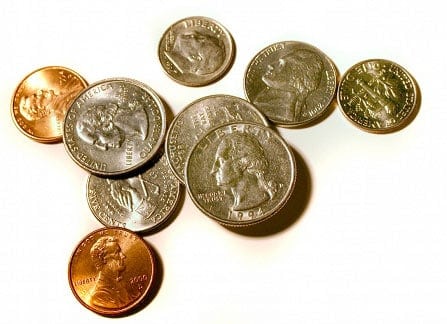
Only American paper money is used. Coins come in 1¢, 5¢, 10¢, 25¢, 50¢ and $1.
Paper money is in denominations of $1, 5, 10, 20, 50 and 100. $50’s and $100’s are difficult to use, with many stores refusing these bills. ATMs dispense 5’s, 10’s and 20’s.
Banking Machines in Ecuador
ATM’s are common and reliable. You’ll find them on every street, at the mall and in every bank.
Ecuador banks operate on both the Cirrus and the PLUS banking systems. These are globally accepted systems – you can just check the back of your banking card to see if it will work on these systems.
What you might want to check with your bank about:
- What the withdrawal fees are in Ecuador
- Notify them that you will be using your account out of the country. Sometimes the anti-fraud alerts on a bank account will freeze your funds if it appears to have erroneous transactions. This is the last thing you want to happen while traveling abroad.
- The other thing to remember: these systems sometimes can’t handle bank pin numbers longer than 4 digits. Before you leave, it’s a very good idea to change it to a 4 digit PIN.
Ecuador’s Main Banks are:
- Banco del Pichincha
- Banco de Guayaquil
- Banco del Pacífico
Credit cards are a safe means of accessing funds but are not widely accepted and you might find an additional charge added to your bill.
Travelers’ checks are favored by some but can be clumsy and hard to cash. The one thing to remember is to keep a record of the serial numbers so you can make your claim, should they be lost or stolen.

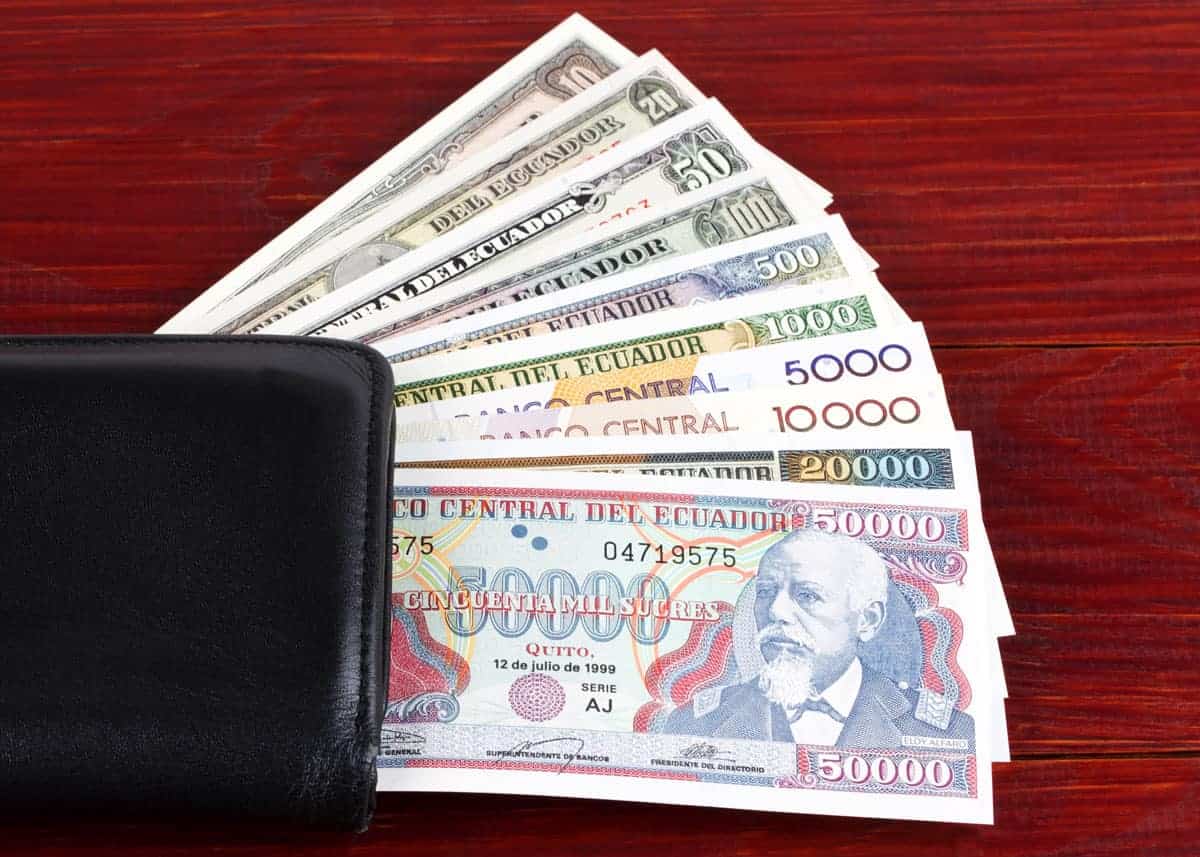
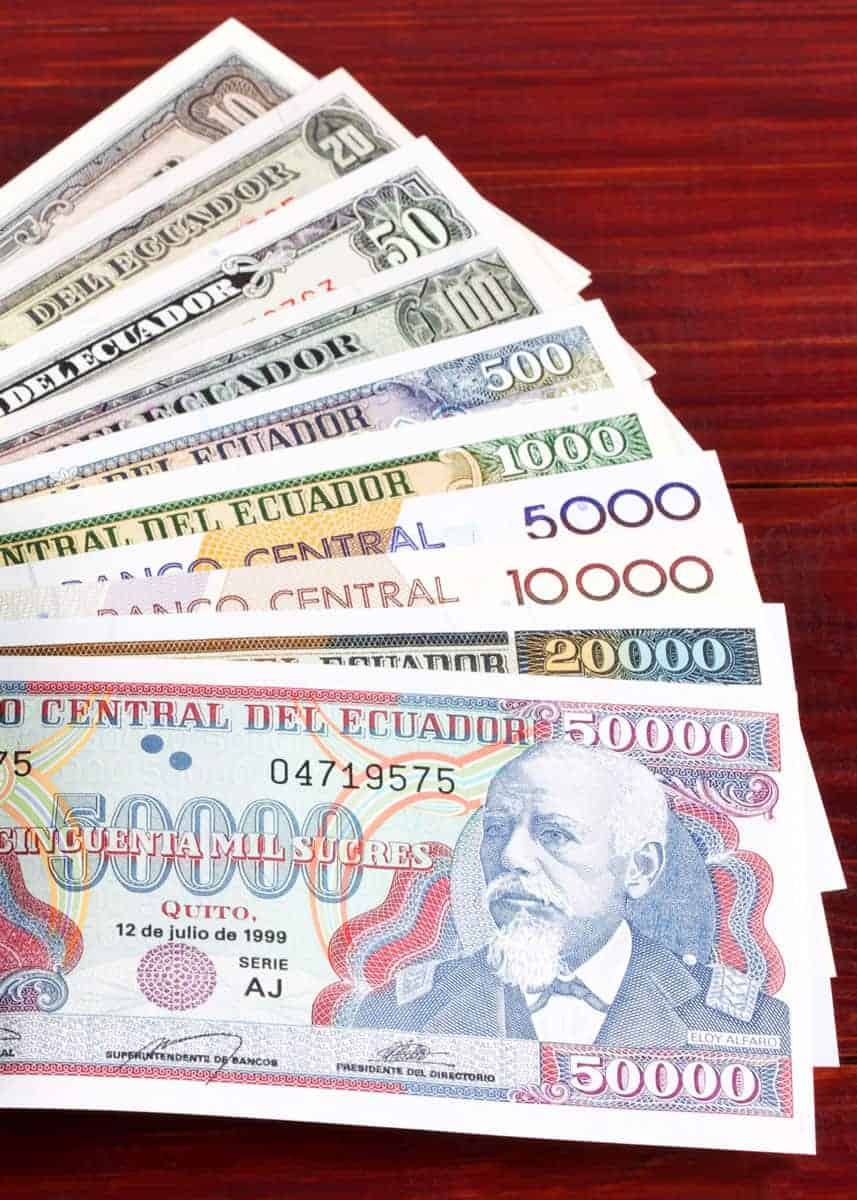
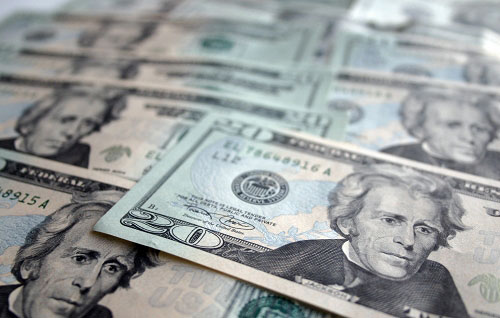


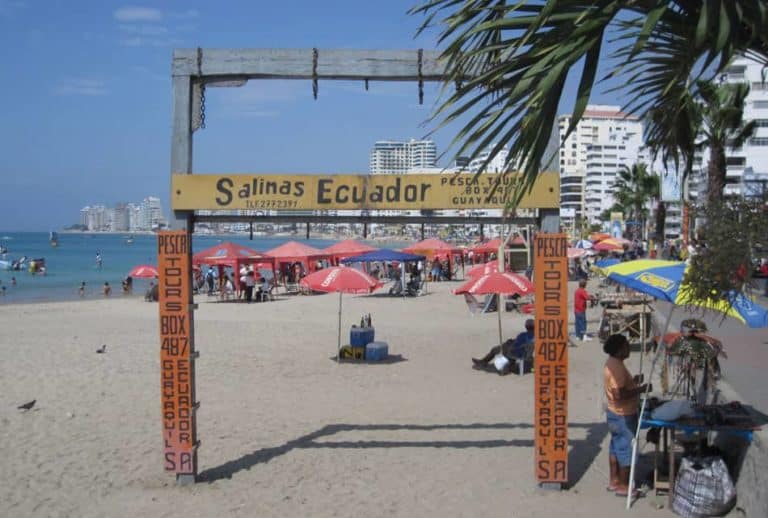
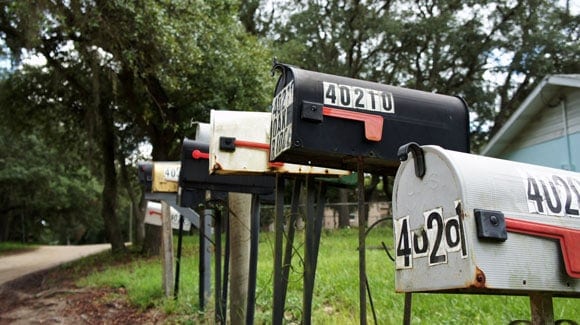
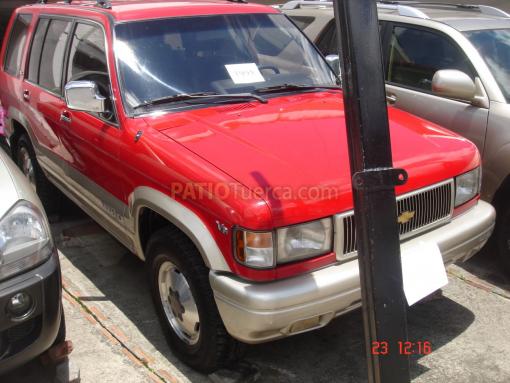

My Aunt lived and served in Quito and surrounding areas as a missionary for 50 years. Sadly she passed last September. In her belongings, she has paper and coins from all the changes in the Ecuadorian money system in this article. Because most of it is now obsolete, what is your suggestion to do with it? Do you suggest cashing it in at a bank or make available to collectors?
Thank you.
Past currency is an item for collectors. The banks won’t accept it. After March 30, 2001, the Banco Central (Central Bank) stopped exchanging sucres. And just before they stopped, the exchange rate was 25,000 sucres per dollar.
If you have old sucres, pesos, francos, or peso fuertes, these might do well with collectors.
In Ecuador I have gotten lots of “gold” Sacagawea dollars but also other $1 coins I don’t recognize with other commemoration including one with Andrew Johnson, which I can’t imagine theUS minting. Anyone know the story on this?
@Laurence,
The US Mint produced presidential coins from 2007 until 2016. They issued a Bush coin after his death in 2020. All were $1 dollar denominations and gold in color.
I am a Certified English Grammar Trainer and retired. Planning to move to Quito in October. What are the prospects of my working as a Trainer or Teacher. Will appreciate your help.
How much cash is safe to carry on your person when traveling to Ecuador?
It depends. You could get robbed (or just lose your wallet) with just $5 in your pocket.
Just like anywhere in the world, you could get robbed. But also just like everywhere else in the world, the thieves don’t know how much you have on you. A rule of thumb for travelers everywhere is not to carry more than you are comfortable to lose.
I’m not worried about getting robbed. I’m concerned about airport officials. I can put money in the bank when I get to Ecuador. For example if I carry $1,000.00 Cash on me while traveling will the airport officials check my wallet and potentially take my cash assuming it is drug money? Thanks
At all of the airports it says that you must declare if you have more than USD$10,000 per person – in cash or cash instruments. I don’t know what sets off alarm bells but you should make sure that you declare anything above that limit. I think the only time they might confiscate belongings is if you should have declared it and didn’t. Some friends lost a cell phone last week as they entered Ecuador because they were over the limit and didn’t declare it.
My daughter will be in Quito next week. Can you suggest one or two banks that will cash American Express traveler’s checks?
I haven’t heard of expats / travelers using travelers checks. Your daughter can just use her debit card at most of the major bank machines. Just be sure to use a 4 digit pin.
how safe are the banks , can gringos have certifics of deposit, wahat interest will it pay say on 20,000.00
thank you for this information. i am hoping to move to equador later this year and i appreciate all the information that i can get.